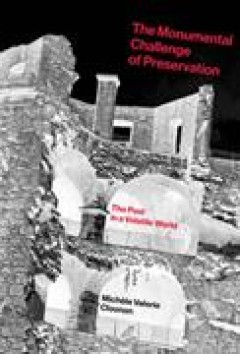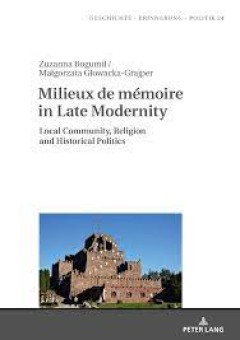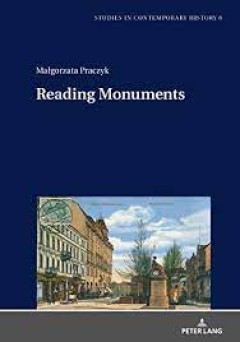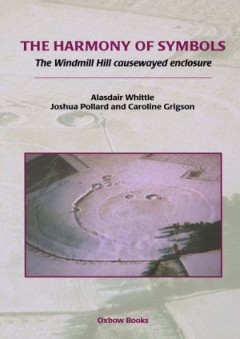Filter by

The Monumental Challenge of Preservation: The Past in a Volatile World
The enormous task of preserving the world's heritage in the face of war, natural disaster, vandalism, neglect, and technical obsolescence. The monuments—movable, immovable, tangible, and intangible—of the world's shared cultural heritage are at risk. War, terrorism, natural disaster, vandalism, and neglect make the work of preservation a greater challenge than it has been since World War II…
- Edition
- -
- ISBN/ISSN
- 9780262345798
- Collation
- -
- Series Title
- -
- Call Number
- -

Milieux de mémoire in Late Modernity Local Communities, Religion and Histor…
This book shows how vernacular communities commemorate their traumatic experiences of the Second World War. Despite having access to many diverse memory frameworks typical of late modernity, these communities primarily function within religious memory frameworks. The book also traces how they reacted when their local histories were incorporated into the remembrance practices of the state. The a…
- Edition
- -
- ISBN/ISSN
- 9783653065091
- Collation
- -
- Series Title
- -
- Call Number
- -

Reading Monuments A Comparative Study of Monuments in Poznań and Strasbourg…
This book tells the story of monuments in two cities that share a parallel and turbulent history: Strasbourg and Poznan. With the Franco-Prussian War begins the well-known story of the destruction and erection of memorials. This book not only explains the mechanisms related to how memorials have functioned in the past, but also contributes to our understanding of current modes of their percepti…
- Edition
- -
- ISBN/ISSN
- 9783653071481
- Collation
- -
- Series Title
- -
- Call Number
- -

The Harmony of Symbols : The Windmill Hill causewayed enclosure, Wiltshire
Three circuits of ditches comprise the Windmill Hill enclosure, which was re-examined in 1988 as part of wider research into the area's Neolithic sequence and environment, and the context in which monuments were built, used and abandoned. Detailed results are set out by category and theme, and abundant environmental evidence is presented covering soils, land snails, plant remains, charcoals, po…
- Edition
- -
- ISBN/ISSN
- 9781789256482
- Collation
- -
- Series Title
- -
- Call Number
- 725.94 WHI h

Building on experience - Learning from the past to plan for the future
The LIBER Architecture Group reflects on experience of European library building projects from the past twenty years in order to plan the next generation of library buildings. This documentation of recent library building projects accompanies the 14th Seminar of the LIBER Architecture Group, taking place in Budapest and Debrecen (Hungary) 8–12 of April 2008. Most described projects refer to s…
- Edition
- -
- ISBN/ISSN
- 9783940344267
- Collation
- -
- Series Title
- -
- Call Number
- 729 SUD b
 Computer Science, Information & General Works
Computer Science, Information & General Works  Philosophy & Psychology
Philosophy & Psychology  Religion
Religion  Social Sciences
Social Sciences  Language
Language  Pure Science
Pure Science  Applied Sciences
Applied Sciences  Art & Recreation
Art & Recreation  Literature
Literature  History & Geography
History & Geography